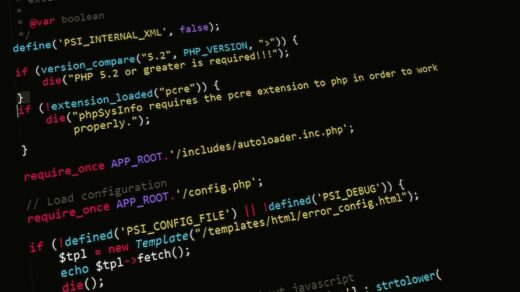Demystifying the Basics of Decentralized Applications (DApps)
Decentralized Applications, or DApps, are an integral part of the web3 and blockchain ecosystem. Unlike traditional apps, DApps leverage the power of blockchain technology for a decentralized, transparent, and secure digital environment. This tutorial will guide you through the fundamental aspects of DApps.
What are DApps?
DApps, short for Decentralized Applications, are applications run by many users on a decentralized network with trustless protocols. They are designed to avoid any single point of failure by distributing data across a decentralized network, typically a blockchain.
Key Features of DApps
Before diving into creating DApps, it’s important to understand their key features:
- Open Source: Source code of DApps is available to all
- Decentralized: DApps use a blockchain-like cryptographic technology
- Incentive: DApps provide digital assets as rewards
- Algorithm/Protocol: They must generate tokens according to a standard cryptographic algorithm.
How do DApps Work?
Blockchain, the underlying tech of DApps, is a distributed ledger. Each user holds a copy of the complete blockchain. This decentralized nature ensures data immutability and transparency.
Smart Contracts, another key element of DApps, are self-executing contracts with the agreement between buyer and seller being directly written into code. Their execution takes place on the blockchain network, ensuring the fulfillment of the contract terms without intermediaries.
Building Your Own DApps
There are several resources, frameworks, and libraries available to build DApps. Ethereum acts as an ideal starting point with its robust platform and well-documented guides for developers.
Step-by-step guide:
1. Learn the Basics: Start by understanding Solidity, Ethereum’s primary programming language for writing smart contracts.
2. Set Up Development Environment: Install tools like Truffle, Ganache, and Metamask for development and testing.
3. Write a Smart Contract: Smart contracts serve as the backbone of your DApp. Write a contract that defines the rules of your application.
4. Deploy the Contract: Deploy your smart contract on the Ethereum network to make it immutable.
5. Build the Frontend: Use web technologies like HTML, CSS, and JavaScript to design user interfaces.
Conclusion
DApps bring a revolutionary shift in application development, creating opportunities for more secure, efficient, and democratic systems. As blockchain technology continues to grow, understanding and being able to create DApps will undoubtedly become an increasingly important skill for developers.
Thank you for reading our blog post! If you’re looking for professional software development services, visit our website at traztech.ca to learn more and get in touch with our expert team. Let us help you bring your ideas to life!


